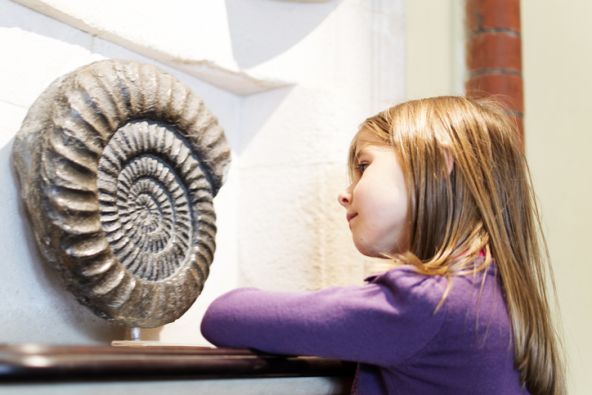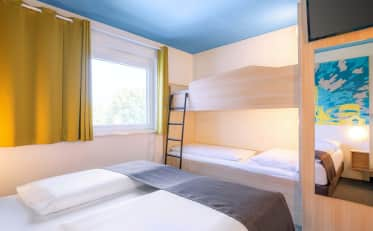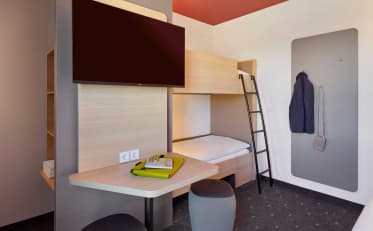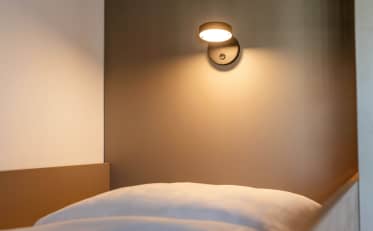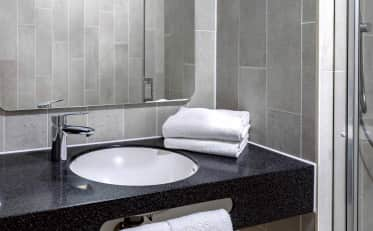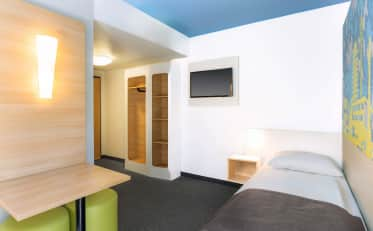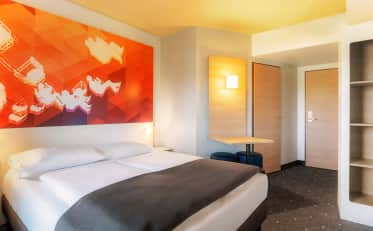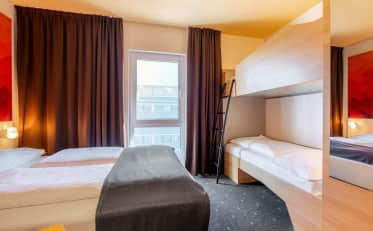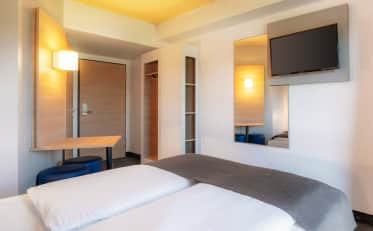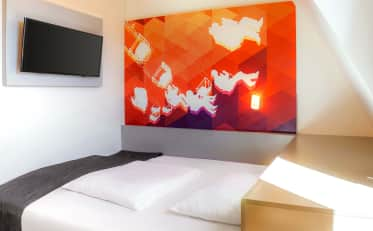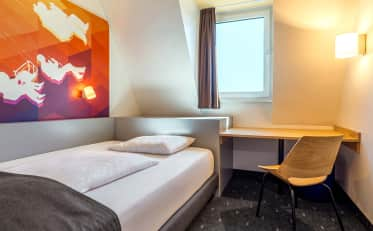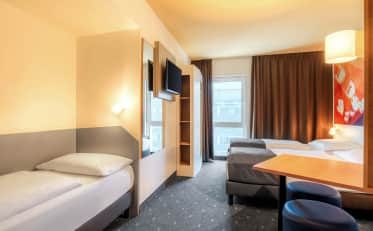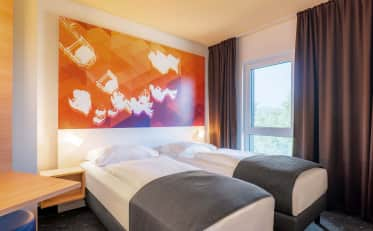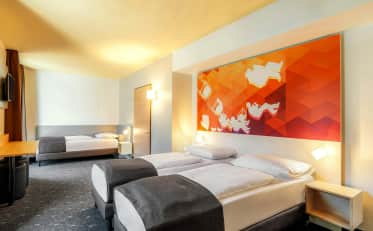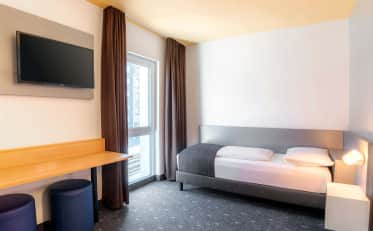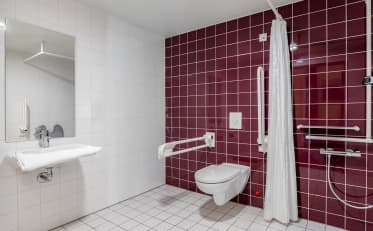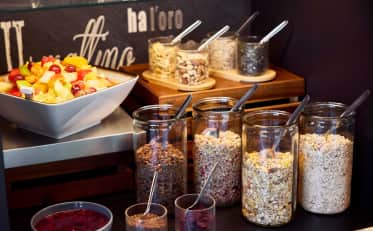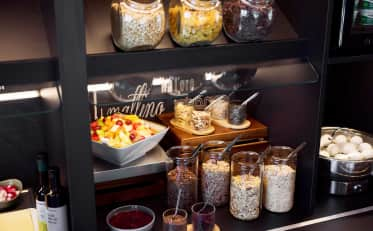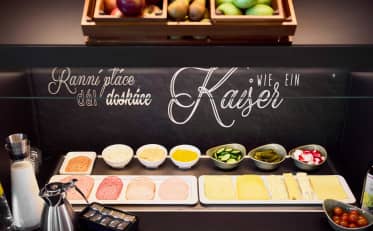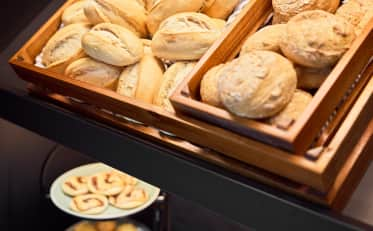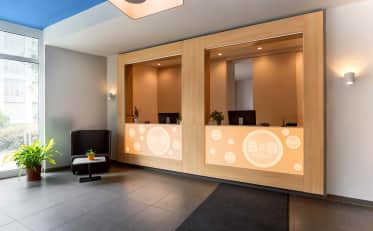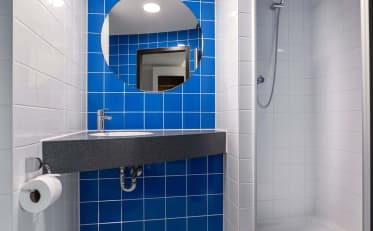Anchoring in the region and society
The Museum of Fine Arts stands on the site of the former Kronprinzenpalais, which was demolished in 1963 due to excessive war damage. The palace, which served as a counterpart to the Wilhelmspalais, was a venue for trade fairs from 1918 and was used by the Staatsgalerie from 1930. The location has therefore always been associated with art for the people of Stuttgart.
Since 2005, the new art museum has been welcoming visitors in an extraordinary building. The glass cube, visible from afar, encloses a stone cube that houses around a fifth of the exhibition space. Temporary exhibitions are mainly shown here, but the architecture of the building is also a work of art in itself.
The striking building was designed by Berlin architects Hascher and Jehle and is known for its innovative structure and bold, modern aesthetic. The glass façades, which reflect the surroundings during the day, make the building an architectural landmark in the city. But the cube is also an eye-catcher at night, when the stone walls are illuminated.




















